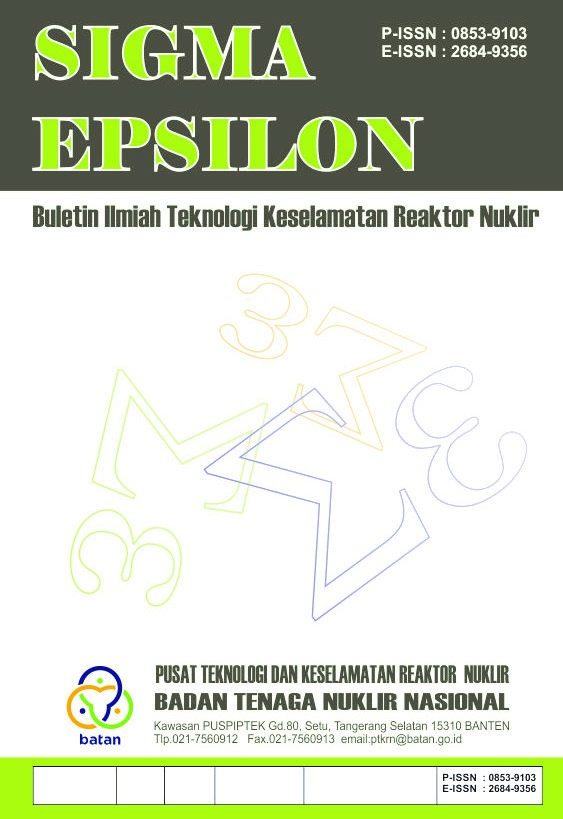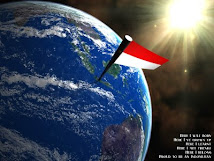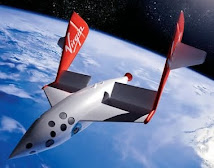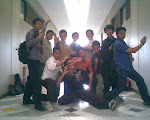
DOUGLAS
OSHEROFF (b. 1945)
Douglas
Osheroff (with David Lee and Robert Richardson) was honored with the 1996
Nobel Prize in Physics for discovering the transition of helium-3 into
a superfluid state.
Osheroff attended Caltech as an undergraduate, earning his BS degree in
physics in 1967. He went to Cornell to do his graduate work, where he
studied under David Lee, his future fellow Nobel laureate. After receiving
his PhD in 1972, he went to work at Bell Labs for the next 15 years, where
he did research during what was considered the golden era at the labs.
In 1987, he left to become a professor of physics at Stanford University,
where he continues to work on superfluid and solid helium-3. Besides supervising
his graduate students, he also teaches undergraduate physics, and has
won Stanford’s Gores Award for excellence in teaching.

ROBERT
MERTON (b. 1944)
Robert
Merton shared the 1997 Nobel Memorial Prize in Economic Sciences (with
Myron Scholes) for his work in developing models for risk evaluation of
options and other derivatives.
Merton received his BS in engineering mathematics in 1966 from Columbia
University. He then went to Caltech to pursue a PhD in applied mathematics.
During his first year there, he decided to study economics. Since Caltech
in 1967 had yet to add a graduate economics program, Merton had to seek
elsewhere for a doctoral program.
His Caltech master’s degree served
him well, however, for he appreciated Caltech’s “creed of placing
students from the outset in a research framework . . . instead of merely
passively learning the material.” As a doctoral student at MIT he
studied under well-known economist Paul Samuelson.
After earning his PhD
in 1970, he taught finance for 18 years at MIT’s Sloan School of
Management, where he met Myron Scholes. Merton moved to Harvard Business
School in 1988, where he is currently John and Natty McArthur University
Professor.
He is also a principal and co-founder of Long-Term Capital
Management.

AHMED
H. ZEWAIL (b.1946)
Ahmed H. Zewail won
the 1999 Nobel Prize in Chemistry for his groundbreaking work in viewing
and studying chemical reactions at the atomic level as they occur.
He
is internationally known as a pioneer in the field of femtochemistry,
in which investigators use ultrafast lasers to probe chemical reactions
in real time. Because reactions can take place in a millionth of a billionth
of a second, Zewail's state-of-the-art lasers have made it possible to
observe and study this motion for the first time, allowing scientists
to understand at a fundamental level how chemical bonds form and break.
Femtochemistry has had wide-ranging impact on chemistry and photobiology
all over the world.
Zewail, a native of Egypt and now a U.S. citizen, is Linus Pauling Professor
of Chemical Physics and professor of physics at Caltech. He received both
his bachelor's and his master's degrees from Alexandria University. He
earned his doctorate from the University of Pennsylvania in 1974 and joined
the Caltech faculty in 1976.

LELAND
HARTWELL (b.1939)
Leland Hartwell was awarded the 2001 Nobel Prize in Physiology or Medicine
(with co-recipients Timothy Hunt and Paul Nurse) “for his discoveries
of a specific class of genes that control the cell cycle. One of these
genes called ‘start’ was found to have a central role in controlling
the first step of each cell cycle. Hartwell also introduced the concept
‘checkpoint,’ a valuable aid to understanding the cell cycle.”
By combining mutants and time-lapse photomicroscopy, Hartwell has identified
32 genes that regulate the cell cycle, and he has used genetics to define
many of the steps in the signal transduction pathway that feeds into start,
a control point in the cell cycle. The gene controlling start, CDC28,
was cloned in his lab and was the first CDK identified.
He has discovered
that limitation or overexpression of many essential cell-cycle components
leads to errors in chromosome transmission.
After graduating from Caltech in 1961 with a BS in biology, Hartwell received
his PhD from MIT in 1964. He is a full professor at the University of
Washington, where he has been since 1968. In 1996 he joined the Fred Hutchinson
Cancer Research Center as a full member and senior advisor for scientific
affairs, and in 1997 was named president and director of the center.

VERNON
LOMAX SMITH (b. 1927)
Vernon
L. Smith shared the 2002 Nobel Prize in Economic Sciences with
Princeton's Daniel Kahneman. Smith was recognized "for
having established laboratory experiments as a tool in empirical
economic analysis, especially in the study of alternative market
mechanisms." His research focuses on real people facing
real choices (and with the potential to earn real money payoffs)
to
create data on economic choices and incentives.
Smith received
his BS degree in electrical engineering from Caltech in 1949.
As a
senior, he had taken an economics course, which so
intrigued him that he decided to pursue the subject further.
He earned a master's degree at the University of Kansas, and
then
a PhD at Harvard, both in economics, and joined the faculty
at Purdue.
In the years that followed, he also taught at Stanford,
Brown, and the University of Massachusetts. In the early 1970s
he began a long-standing collaboration with Caltech experimental
economist Charles Plott, and spent 1973-74 at the Institute
as a Sherman Fairchild Distinguished Scholar.
He stayed on in California
through 1974-75 with a joint appointment at Caltech and USC.
In 1975 he moved to the University of Arizona, where he remained
for
26 years. Smith is currently professor of economics and law
at
George Mason University in Fairfax, Virginia, a research scholar
in the Interdisciplinary Center for Economic Science, and a
fellow of the Mercatus Center.

HUGH DAVID
POLITZER (b. 1949)
Hugh David Politzer won the 2004 Nobel Prize in physics for work he
began as a graduate student on how the elementary particles known as
quarks are bound together to form the protons and neutrons of atomic
nuclei.
Politzer, a professor of theoretical physics at Caltech, shares the
prize with David Gross and Frank Wilczek. The key discovery was made in
1973, when Politzer, a Harvard University graduate student at the time,
and two physicists working independently from Politzer at Princeton
University—Gross and his graduate student Wilczek—theorized that
quarks actually become bound more tightly the farther they get from each
other.

ROBERT H. GRUBBS (b. 1942)
Robert
H. Grubbs shared the 2005 Nobel Prize in Chemistry with Yves Chauvin
(Institut Français du Pétrole) and Richard R. Schrock (MIT) for "the
development of the metathesis method in organic synthesis." Metathesis
is an organic reaction in which chemists selectively strip out certain
atoms in a compound and replace them with atoms that were previously
part of another compound, resulting in a custom-built molecule with
specialized properties.
Grubbs's work on olefin metathesis in particular
has produced powerful new catalysts that have enabled the custom
synthesis of valuable molecules, among them pharmaceuticals and polymers
with novel materials properties.
Grubbs
earned his bachelor's and master's degrees from the University of
Florida in 1963 and 1965, respectively. He received his PhD from
Columbia University in 1968, then spent a year at Stanford as a
postdoctoral fellow before joining the Michigan State University
faculty.
He came to Caltech in 1978 as a full professor, and was named
the Victor and Elizabeth Atkins Professor of Chemistry in 1990.
Sumber:
California Institute of Technology
http://www.pma.caltech.edu/GSR/physics.html
Nobel Prize







































